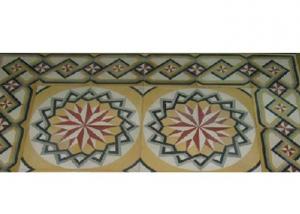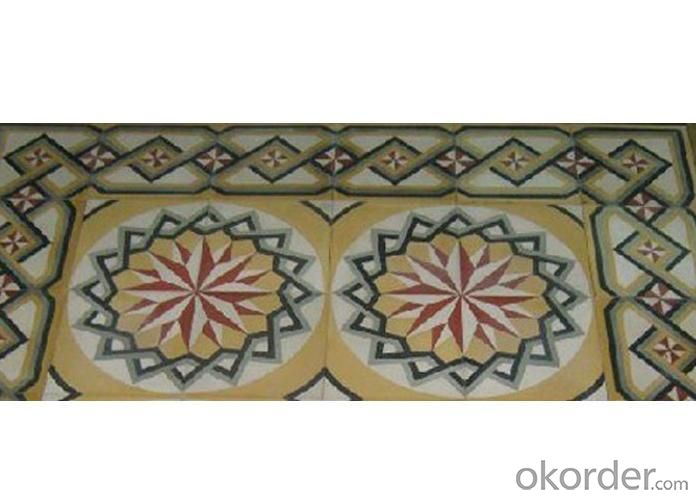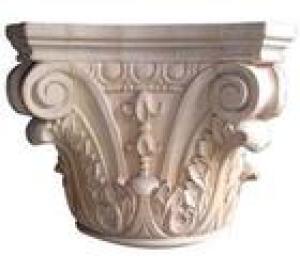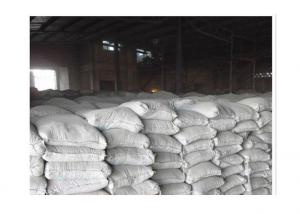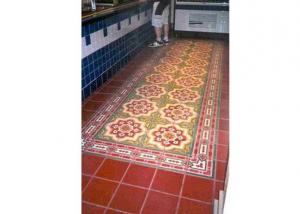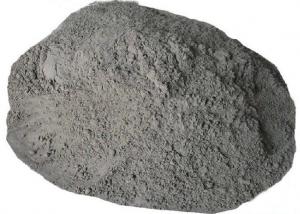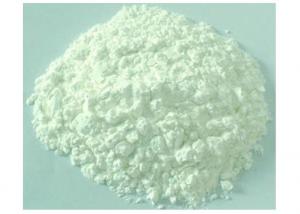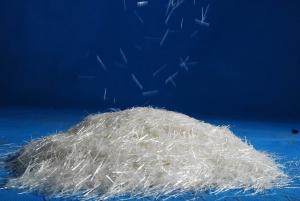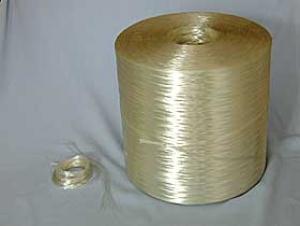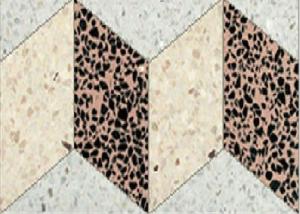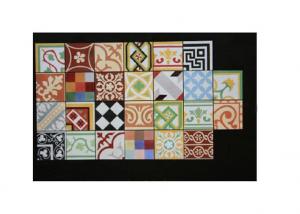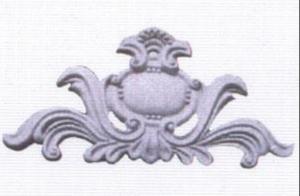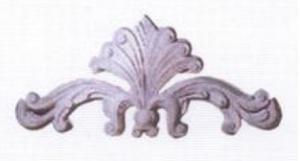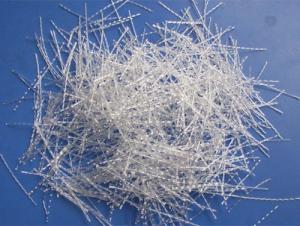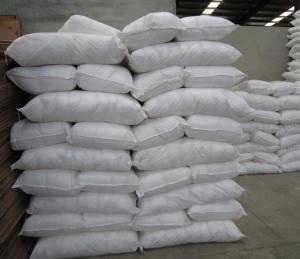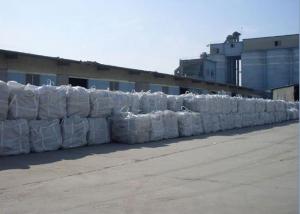Vietnam Encaustic Cement Tile
- Loading Port:
- China Main Port
- Payment Terms:
- TT or LC
- Min Order Qty:
- 100 Square Meters m²
- Supply Capability:
- 5,000 Square Meters per Month m²/month
OKorder Service Pledge
OKorder Financial Service
You Might Also Like
Vietnam Encaustic Cement Tile
1. Shock resistance 30 times minimum
2. Water Absorption <= 7%
3. Abrasion +0.45 gr/Cm2
This is encaustic cement tile, a produce of HANDMADE process created by Skillful Artisant from Vietnam, a country has 100s of Year in making encaustic cement tiles, this production in Vietnam is among the best quality in the world. Inheritating long tradition of making encaustic cement tile together with bring new modern technique to production, our Cement tiles have been produced and controlled under the best conditions to guarantee stable quality for all production batches. Basic material are marble powder and pigment, environmental friendly.
All patterns and Colors can be customized
Available sizes from 50x50mm to 400x400mm which thickness ranging from 12mm till 25mm
Specs:
Length 200mm +/-0.5mm
Width 200mm +/-0.5mm
Height 15mm +/-1.0mm
Top Layer 3mm +/-0.1mm
Technological Parameters:
Weight 1200 gr +/- 50gr
Elasticity 1.200 Newton minimum
Shock resistance 30 times minimum
Water Absorption <= 7%
Abrasion +0.45 gr/Cm2
This is ideal material from indoor using or interior which is suitable for restoration of old building or for luxurious building such as hotels, restaurants, cafe or even for boutique or cottage house.
- Q: why does cement not become soft when wet after it has dried?
- Cement is a chemical reaction with water. The water only makes it feel wet when yo are first mixing it. But the water is actually reacting with the calcium oxide in the cement powder which turns rock hard after the reaction takes places.
- Q: What is cement?
- In the most general sense of the word, cement is a binder, a substance which sets and hardens independently, and can bind other materials together.
- Q: i have about 50 blocks to lay what knid of cement do you use what is the different between cement concretei have reddy mix that i use for making my rocks for my walk way but it has rocks in it i'm buling a 3 sided to put my grabage cans in so they don't have to be pretty i just want to keep the anamile out of the grabage in between there pick up each wk
- For 50 blocks, definitely mortar mix, just add water.
- Q: just curious
- cement is one of three ingredients in concrete. A standard 1-2-3- concrete mix is one part cement, two parts sand, three parts aggregate. Aggregate can be anything from gravel to limestone. You may have seen exposed aggregate concrete which uses small gravel as the aggregate.
- Q: if its some kind of glue, is it a really strong kind of glue?
- It is a strong glue that is used to glue paper and cardboard together. It can be used as a contact cement. Meaning that you put glueon both surfaces you mean to adhere and let the glue mostly dry and then stick the two pieces together. If you use it on only one surface it is somewhat removable.
- Q: We have a balcony, and would like to turn in into a patio.The rain get on which is fine, but there are some parts of the balcony that is a little low, causing a puddle.We bought black roof cement to fill it up but at times it soft.What do I do to keep it hard and dry? Or am I buying the wrong product?
- Are you planning on putting something over the roof? Pavers, wood decking, etc. If not, be careful, most roofing materials are not made to handle frequent foot traffic. Should you decide to put something over it, make sure the framing can handle the additional load.
- Q: I'm trying to go green and I have clay cat litter. I know when cat litter gets overly wet it can resemble cement. But can it be used for making cement? Not sure what the recipe for cement is. I thought it was clay.
- It hardens to come a compound like cement but not nearly a strong.
- Q: hey does anyone know what are the components of cement??
- i assume you mean concrete which most people call 'cement.
- Q: What is the density of cement?
- I will answer your question directly, then answer the question I think you are asking. Cement is a gray powder that is mixed with water and aggregate to make concrete. Cement and concrete are 2 different things. Cement is to concrete as flour is to cake. With that said, cement (the powder) has a specific gravity of 3.15, which means it's density is 3.15 times that of water. Water has a density of 62.4 pounds per cubic foot, so cement has a density of 196.6 pounds per cubic foot. If you actually mean concrete, which is the hard grey stuff, then it has a density of about 150 pounds per cubic foot. Hope that's what you were referring to.
- Q: Portland cement
- Lime, clay and silica are 3 main ingredients of cement
1. Manufacturer Overview
| Location | Guangdong,China (Mainland) |
| Year Established | 2011 |
| Annual Output Value | US$10 Million - US$50 Million |
| Main Markets | North America; South America; Eastern Europe; Southeast Asia; Africa; Oceania; Mid East; Eastern Asia; Western Europe; Central America; Northern Europe; Southern Europe; South Asia; Domestic Market |
| Company Certifications | ISO9001:2008 |
2. Manufacturer Certificates
| a) Certification Name | |
| Range | |
| Reference | |
| Validity Period |
3. Manufacturer Capability
| a) Trade Capacity | |
| Nearest Port | Foshan new port, Shenzhen yantian port, Guangzhou huangpu port |
| Export Percentage | 51% - 60% |
| No.of Employees in Trade Department | 11-20 People |
| Language Spoken: | English, Chinese, Spanish, Portuguese, Arabic, Russian |
| b) Factory Information | |
| Factory Size: | 30,000-50,000 square meters |
| No. of Production Lines | 6 |
| Contract Manufacturing | OEM Service Offered Buyer Label Offered |
| Product Price Range | Low and/or Average |
Send your message to us
Vietnam Encaustic Cement Tile
- Loading Port:
- China Main Port
- Payment Terms:
- TT or LC
- Min Order Qty:
- 100 Square Meters m²
- Supply Capability:
- 5,000 Square Meters per Month m²/month
OKorder Service Pledge
OKorder Financial Service
Similar products
Hot products
Hot Searches
Related keywords
